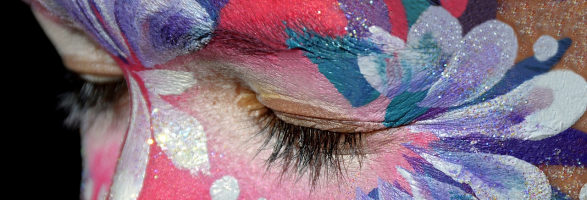Glitter is present in a range of cosmetic products, they are added to create that sparkle effect in eyeshadow, nail polishes and body decoration. What many people may not consider is what these glitters are comprised of: aluminum and pigments, layered under very thin sheets of plastic polymers like polyethylene terephthalate and polymethyl methacrylate. These are the same plastics that made up plastic microbeads now being banned and removed from use.
Does this mean glitter could go the same way of plastic microbeads? Like microbeads, they easily wash down the drain and will accumulate in oceans and lakes over the world and contribute to the tonnes of microplastics present in the ocean. That being said, nationwide bans on plastic glitters is much harder to implement due to the lack of sufficient and specific evidence of the harm on plastic glitter in the environment, unlike that of microbeads.
Nevertheless, with the recent bans all over the world of microbeads in cosmetics, several beauty manufacturers have begun to reformulate the glitter they use in their cosmetic products. Many companies that utilize glitter in their products such as Lush Ltd. have opted to adopt biodegradable glitters, made of synthetic mica. Synthetic mica is shown to mimic natural mica apart from having a low percentage of heavy metals present. Other replacements of the plastic used in glitter include eucalyptus tree extract and cellulose. In efforts to be more environmentally friendly, plastic glitter has even been banned in a children’s nursery chain in the United Kingdom due to its ability to accumulate in the ocean.
As many more people are becoming aware of the impact of plastics in the environment and wild life, it is best for manufacturers to take initiative in reducing their production of plastics rather than waiting for a call to action by their governments.
For more information, please do not hesitate to contact Focal Point Research Inc. We are leading North American Consultants for Cosmetics and other personal care products.


Recent Comments